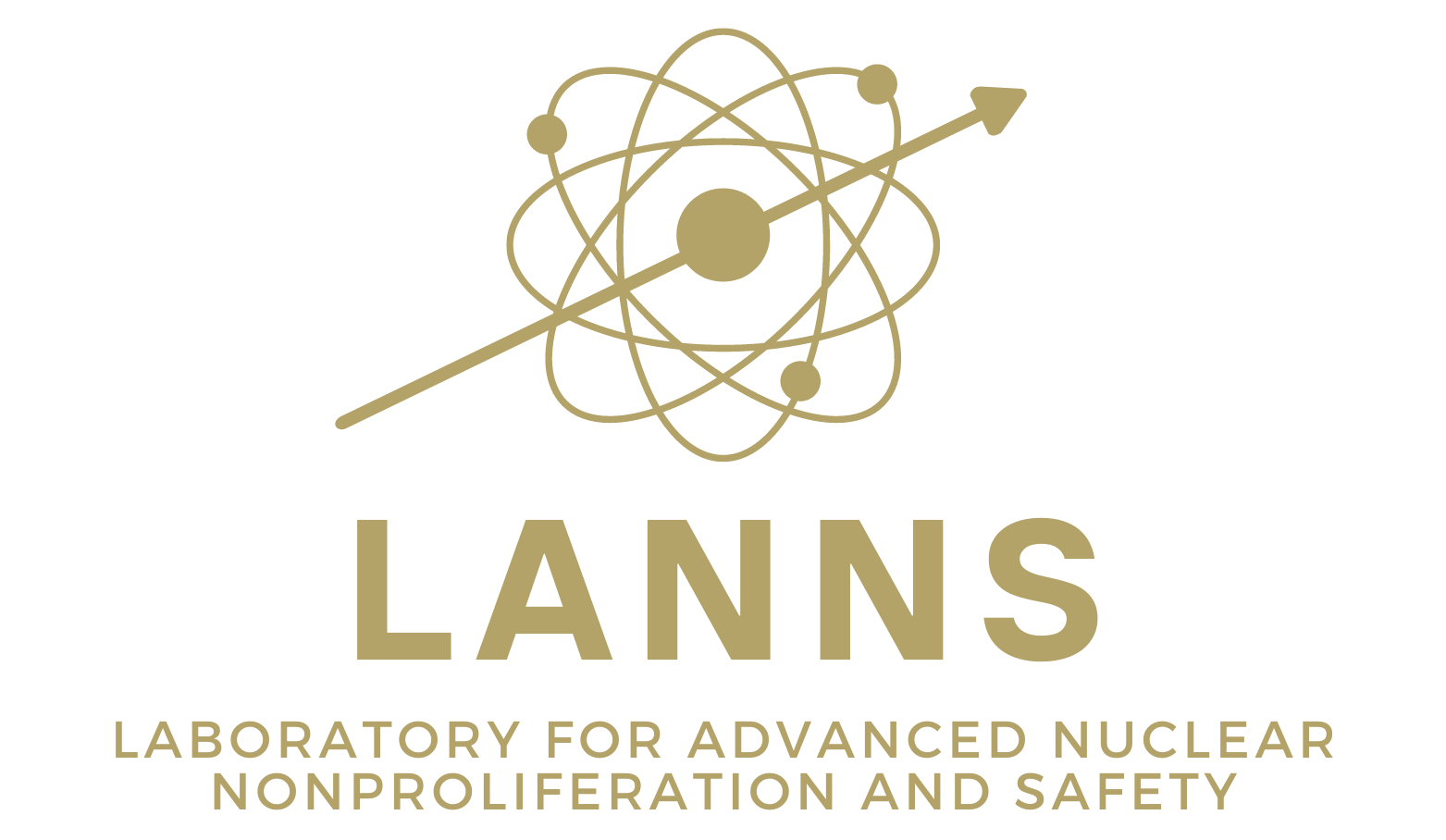Alongside the proliferation risks of long-lived fast reactors, their extended lifetime brings material challenges to the fuel. Metallic fuels tend to swell considerably at high burnups and pellet-clad interactions (PCI) can limit their performance. On the other hand, oxide fuels have poorer passive safety features, lower fissile density and a softer spectrum. All these challenges need to be addressed if long-lived fast reactors are to be deployed on a global scale. A holistic design approach that accounts for Economic, Safety and Nonproliferation (ESN) is required. A new type of material, Composite Fuels (CF) [1] that balance the advantages of oxide and metallic fuels has the potential to ease the difficulty of simultaneously reaching the ESN objectives.
The innovative Composite Fuel (CF) was pioneered by Savchenko et al. [1], who later manufactured and tested a sample of the fuel. The CF consists of multiple actinide seed material (e.g. U-Mo and MOX) intimately mixed at the microscopic level and held together by a porous inert metal matrix as shown in Figure 1. This porous structure can accommodate both swelling of the granules and fission gases, thus removing the need for the fuel-clad gap. As a result, the fuel is fully bonded to the fuel in order to improve thermal conductivity and eliminating PCI.

Figure 1: The CF cross-section showing in white the zircalloy matrix, in grey the U-MO granules, in black the pores and in orange the
PuO2 granules [2].
The LANNS group is currently focused on modelling of the performance of the fuel is in the Advanced Fast Reactor (AFR-100) [3]. Neutronic simulations of the CF was completed for a 2D model and a 3D model is currently under investigation. MCNP6 is being used to model the fuel inside a reactor. In order to provide a more accurate representation of the fuel, sphere packing algorithms are being developed following the guidance of Salvat et al. [4]. The method consists of replicating the effects of forces acting on spheres in a spherical container. Figure 2 shows a close-up of the spheres before and after applying the algorithm. The amount of overlap can be seen to have been greatly reduced.
Figure 2: Sphere packing algorithm results: the two zoomed in pictures show the effect of the equation on reducing the overlap between the sphere. The third figure shows the resulting overall structure of the model.
The research group aims to take advantage of the added flexibility of the CF to optimize its composition and improve the performance of ultra-high-burnup fast reactors. The team has been especially focused on the nonproliferation aspects of fuels and ways of improving its characteristics.
[1] A. M. Savchenko et al., “New Concept of Designing Pu and MA Containing Fuel for Fast Reactors”, Journal of Nuclear Materials, vol. 385, pp. 148-152, 2009.
[2] A. M. Savchenko et al., “New Generation Fuel Element for Different Purpose Power Reactors”, in Proceedings of All-Russia Conference MAYAT-2007, October 2007.
[3] T. K. Kim, C. Grandy and R. N. Hill, “A 100MWe Advanced Sodium-Cooled Fast Reactor Core Concept”, PHYSOR 2012 – Advances in Reactor Physics – Linking Research, Industry, and Education Knoxville, Tennessee, USA, April 15-20, 2012
[4] W. I. Salvat, N. J. Mariani, G. F. Barreto and O. M. Martinez, “An Algorithm to Simulate Packing Structure in Cylindrical Containers, Catalysis Today, August 2005.



